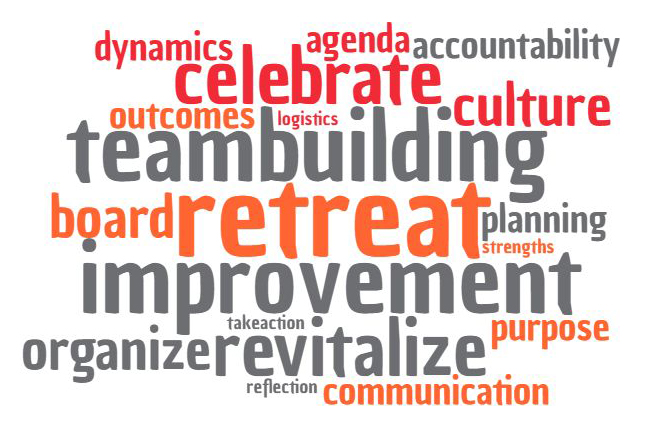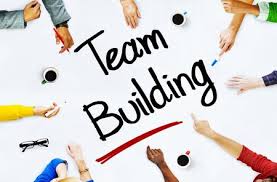Congratulations! You’ve just received an invitation to join the board of directors at a well-respected nonprofit. How exciting is that? Nonprofit organizations provide vital services to those in need, the community at large, the environment, animals and more, and strive to make our world a better place, so the offer is undoubtedly flattering. As it should be!
But before you jump headfirst into this opportunity, let’s hit the pause button for a moment. While serving on a nonprofit board can be incredibly fulfilling, it can also be a significant commitment. It’s about more than just attending meetings and having your name associated with a noble cause. You’ll be expected to contribute your time, expertise, and, in many cases, your financial support. So, it’s essential to do your homework; take the time to research the nonprofit thoroughly. Here are some questions to ponder:
Mission and Alignment:
What is the organization’s mission, and does it resonate with you? A clear and focused mission statement is essential for understanding the nonprofit’s purpose and impact. Consider how your values align with the organization’s mission and whether you feel a strong connection to its cause.
Purpose of Invitation:
Why have you been asked to join the board? Make sure your skills and expertise are what the organization needs and that your contributions will be valued beyond just filling a seat. It’s crucial to understand the specific expectations and responsibilities associated with the role.
Time and Commitment:
Will you be available to commit the time and energy required for this position? Serving on a nonprofit board often requires a significant time commitment, including attending regular meetings, participating in committee work, and representing the organization at events or fundraisers.
Support and Training:
What kind of support and training will be provided to help you fulfill your role effectively? Many nonprofits offer orientation sessions and ongoing training opportunities for new board members to familiarize themselves with the organization’s mission, goals, and operations. A robust orientation program is vital to ensure that you have the tools to be an active and full participant starting with your first board meeting.
Responsibilities:
What are the board’s responsibilities, and how do they coincide with your strengths and interests? Understanding the scope of the board’s duties, such as strategic planning, fundraising, governance, and oversight, will help you determine if the role is a good fit for you.
Financial Expectations:
Will you be expected to make financial contributions, and if so, can you afford it? Or does the nonprofit have a “give/get” policy? Some nonprofit boards have fundraising or giving expectations for board members, so it’s essential to understand any financial commitments associated with the role.
Board Dynamics:
Is the board cohesive and focused on achieving the organization’s goals, or are there internal conflicts that could hinder progress? Building strong relationships with fellow board members and working collaboratively toward common objectives is essential for board effectiveness.
If everything checks out and you’re still excited about the opportunity, it’s time to dive deeper. Review key documents like the nonprofit’s bylaws, strategic plan, and financial statements to gain a better understanding of its governance and operations. You could also consider visiting the organization’s offices or program locations to get a feel for its culture and meet the people you’ll be working with.
Remember, serving on a nonprofit board is a voluntary commitment that requires dedication and passion. But if you’re willing to put in the effort, it can be a wonderful and rewarding experience to know you’re making a meaningful difference in the world. So, do your due diligence, and if it feels right, seize the opportunity!









 directors is a crucial factor for your organization’s ability to fulfill its mission. As a nonprofit organization continues to grow in both size and significance, it is increasingly vital for board members to understand their evolving role and the importance of their contributions to successful mission fulfillment.
directors is a crucial factor for your organization’s ability to fulfill its mission. As a nonprofit organization continues to grow in both size and significance, it is increasingly vital for board members to understand their evolving role and the importance of their contributions to successful mission fulfillment.
 The only downside of hiring an outside facilitator is the cost. That’s it. However, if you approach this as an investment in your board and, ultimately in mission fulfillment, then it is well worth the expense.
The only downside of hiring an outside facilitator is the cost. That’s it. However, if you approach this as an investment in your board and, ultimately in mission fulfillment, then it is well worth the expense.
 for more than ten years. She has reviewed a variety of agencies, including nonprofit, religious and military organizations.
for more than ten years. She has reviewed a variety of agencies, including nonprofit, religious and military organizations.

